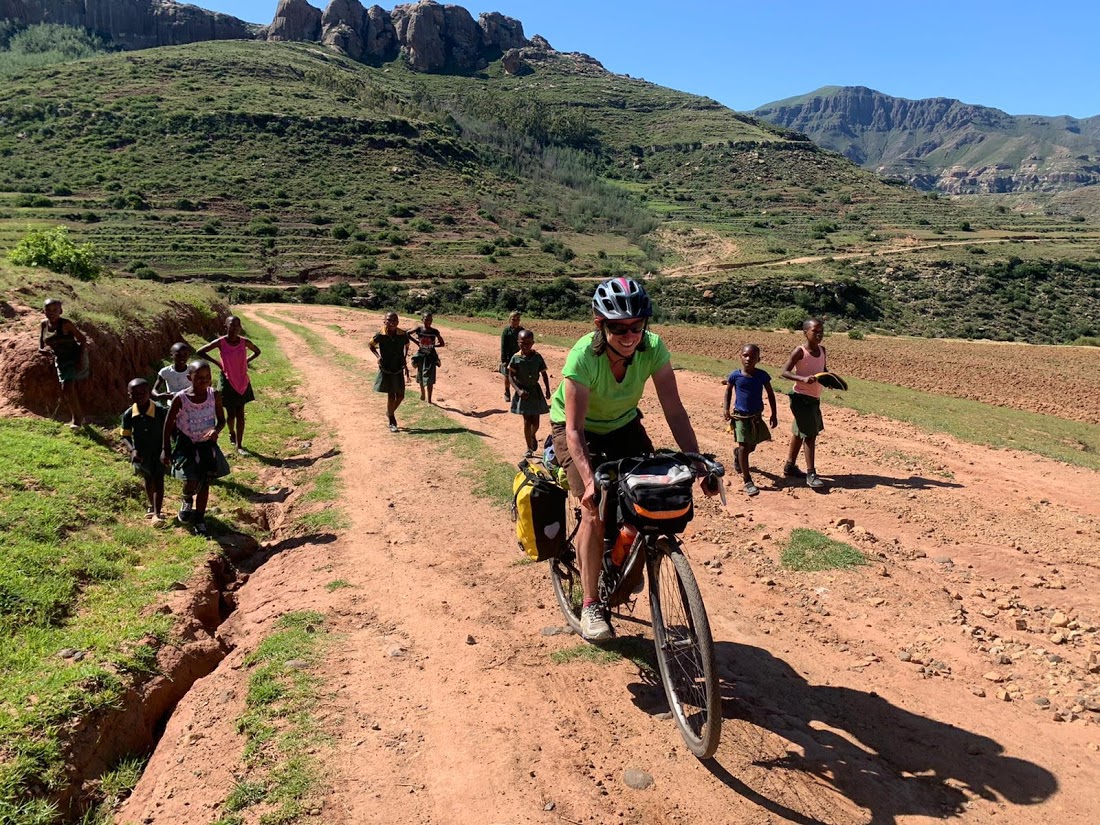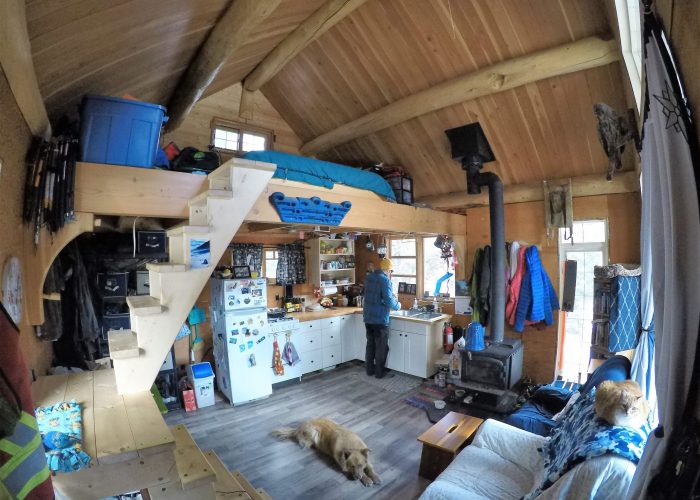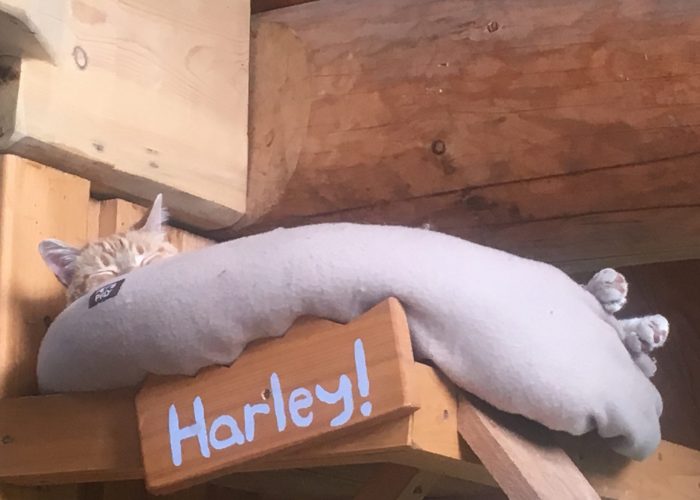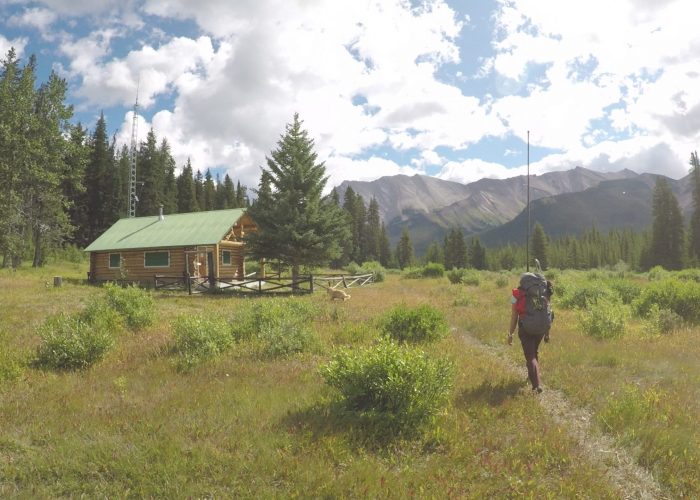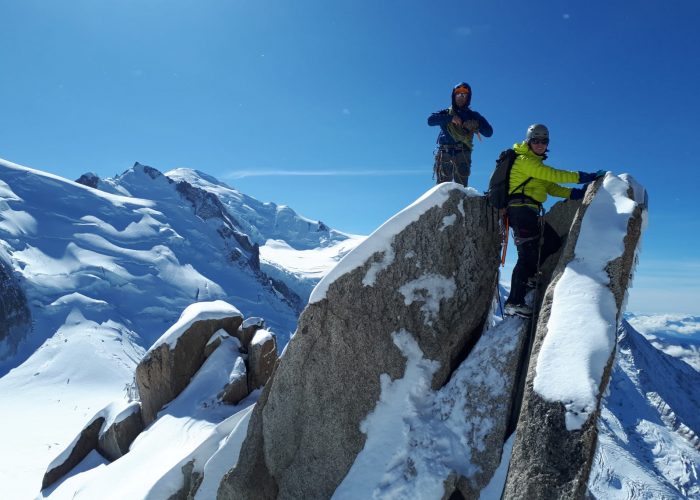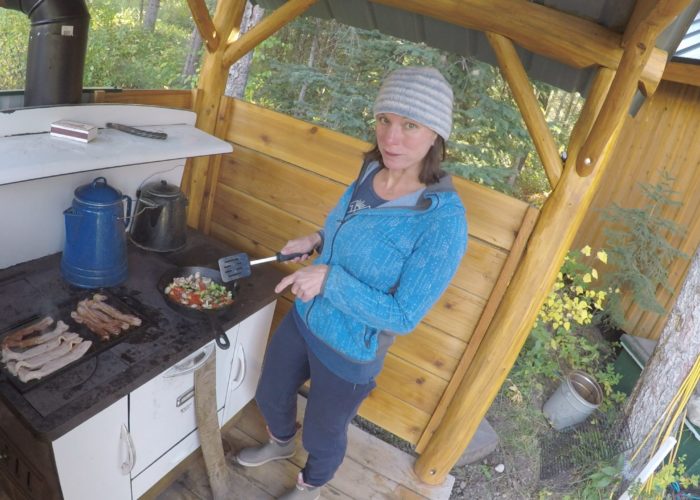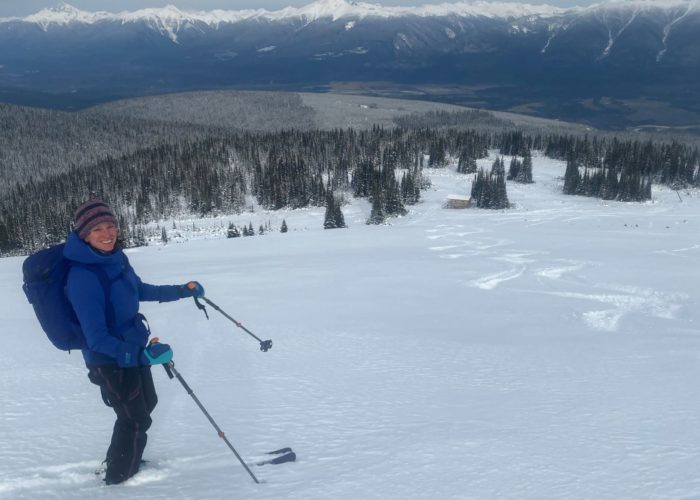Workout Motivation: A New Way of Looking at It
A good way to gain and maintain workout motivation is to create an entire lifestyle around the activities that you enjoy and that keep you in shape. Build a culture out of your sports and include a variety of activities. Incorporate friends and family.
There is a lot of great new science regarding exercise and nutrition. Much of this research is showing that some old ideas are just wrong. There is one persistent truth that has not faltered under all the intense scrutiny.
- Life long exercise is crucial to good health.
This got me reviewing my own practices and theories regarding exercise. I love training and sports. It is not a chore but the highlight of the day usually. How did this happen? In order to keep up an active lifestyle throughout your entire life motivation is key. Life altering gains are made over the years and not in a few weeks or months.
How can you develop and maintain lifelong motivation?
Training Alone
First accept that most of your day to day training will be done alone. This is why:
- No one is on the same schedule as you. Every time you include someone else in your plans it’s an extra step which you don’t need on a daily basis
- No one has your goals. Everyone has their own agenda. These may cross paths every once in a while and you can get together for some training.
- No one is crazy like you. Everyone has their own type of crazy they are working on.
- No one is in the same shape as you. It is hard to continually adjust your performance to mirror a training partner.
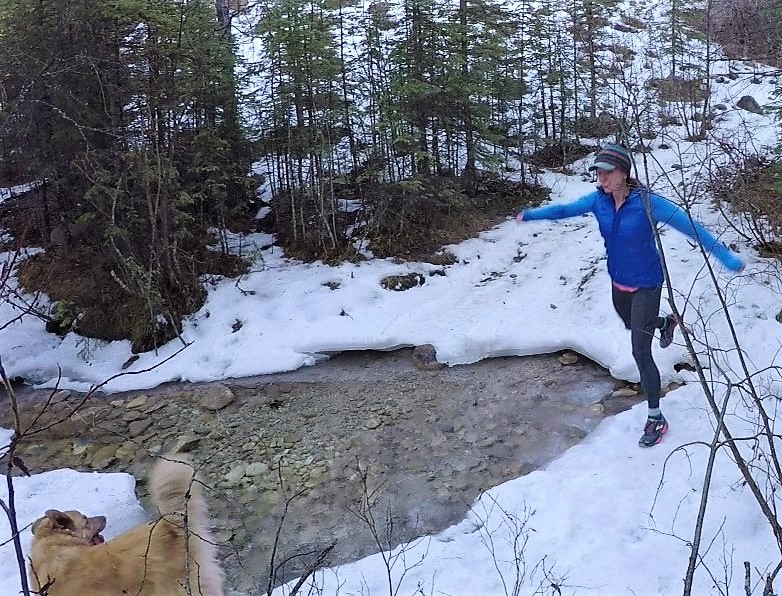
My Training Routine as an Example:
I run and have a strength routine that is done on a regular basis. Runs vary in distance and speed and include intervals and running with a heavy pack at certain times of the year.
Strength training doesn’t vary much. My entire workout is done in our cabin with just a hangboard. There used to be a mat but Carl needed it as a sleeping pad on a trip and it’s been missing ever since. The regiment includes a bunch of body weight and injury prevention exercises. It only takes about 30-minutes but it’s hard and there are no rests. I need to sit down for a bit after.
This daily training maintenance makes other sports possible. Running provides fitness for long alpine days skiing, extended bike rides or alpine climbing. Strength training with the hangboard provides both upper body and finger strength for climbing. Most importantly I can pass our crew fitness standards.
Incorporate Other People
Look at your day to day activity as laying the groundwork for bigger and better achievements. Then create important sport activities that you are training for in order to give your workouts direction and purpose.
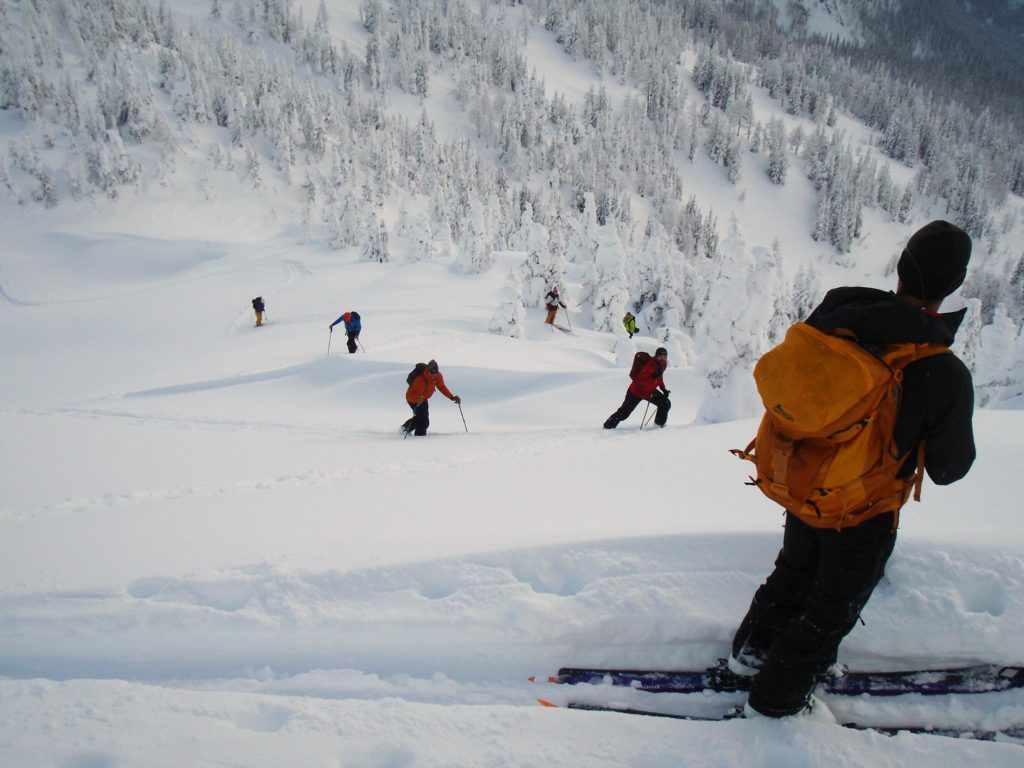
Here are examples of when it’s good to get together with people for special activities:
- Plan a day trip with a friend to climb an objective that you have always wanted to do
- Go bike touring in a different country for a few weeks with a friends
- Invite friends to go ski touring for a couple of days
- Meet a friend after work for a hard run
- Join a group for a specific strength training or sprint workout
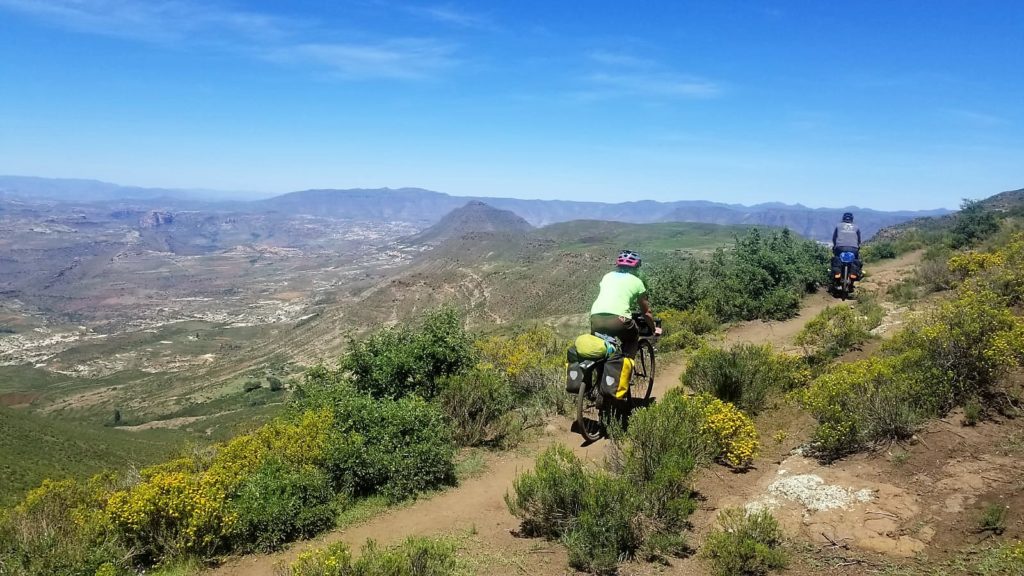
14 Ways to Make Training Meaningful
It is important to find ways to make your training and sports meaningful. Here are 14 reasons that I like training that have nothing to do with trying to look a certain way, losing weight or getting a fancy Instagram photo.
- Make training part of your life. Plan it into your daily schedule. My parents set this example with their own lives and I have never known anything different.
- Training can get you outside, all the time, regardless of weather. Running in the rain can be really motivating. Skiing as the sun sets is inspiring. Cold weather can be conquered if you just keep moving.
- Use activities as the drive behind travelling. It adds purpose and more meaning to every trip. For example bike touring has taken me all over the world. For climbing I’ve been to the states many times for rock, ice and alpine. Sometimes before going back to wildfire for the season I head south for a solo week of training in good weather. This involves a couple of long runs, renting a mountain bike for a day or two and completing some long trail hikes. I camp alone and try to jam as much activity into the trip as possible.
- It’s essential to be strong and useful. For example, if someone needs a fridge moved, it’s important to be able to help. Upper body strength is key for greater independence and usefulness.
- I’m lucky to have a job that requires hard physical labour. There are long hours and extended stretches of days/weeks on a fire where heavy lifting is continual and moving over difficult terrain is constant. You can get sore, but you can’t get injured. This physical requirement provides much motivation to stay in shape!
- Use sports and activities to stay in touch with friends. I have a group of friends to bike tour with and we often only see each other during that trip. Other friends are part of a rock climbing trip. Plan trips and activities and appropriately include friends and family that you may lose touch with otherwise.
- Staying active should make you feel better and healthier with more energy and a body that works well.
- You probably want to age well and be physically competent and strong for as much of your life as possible. Look at it like you are training for old age.
- Training can become a crucial part of who you are. I prefer to have at least part of my identity tied to accomplishments involving training and activities. Michelle is a runner….and so on.
- There are always challenges. It isn’t easy to be this way. Many times I’ve discussed with friends the insanity of getting up at 4am for a big climb on a day off work. It would be easier to have stayed in bed. And yet here we are. The challenge to accomplish something, even if you don’t succeed, is still better than not trying.
- The dog needs to get out and exercise. So do all her doggy friends in the neighbourhood apparently. It’s worth going out for a run just to see how happy your dog gets.
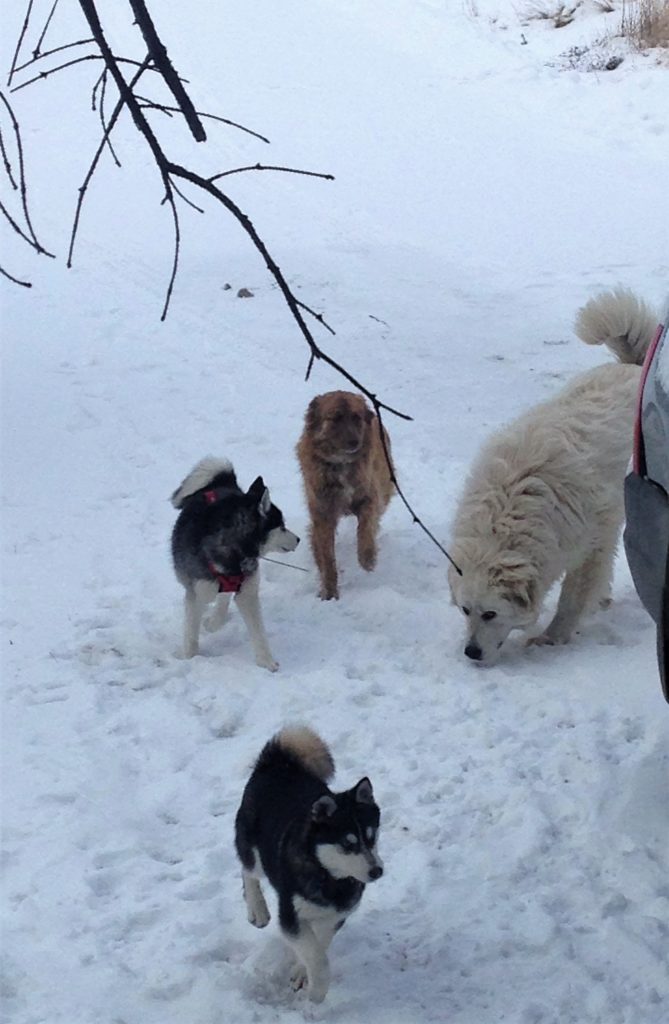
- Daily training helps set standards and there are certain numbers, repetitions or times that you can keep track of. This will give you concrete numbers and let you know if you are deteriorating or improving.
- Bond with your significant other. I can bond with my boyfriend. While we rarely train together on a daily basis, we do many trips and activities throughout the year. We both enjoy a variety of sports and sometimes I can convince him to travel to do them. He is a big fan of the Northern Rockies and feels this is the place to be. I agree but I want to do both!
- We all need something in our lives that is difficult and unpleasant. It is important to experience the pain and discomfort that comes from pushing the limits. You need to feel like you can’t go on and then you do and it makes you stronger and stronger. It’s both a physical and psychological test and it’s worthwhile to go through this process.
If you are only participating in sports or activities to look a certain way or to get a picture for Instagram, you are missing out!
Workout Motivation: Make it Fun

It is important that you enjoy all parts of your activities. This includes the training you do alone and the activities you do with other people. Here is how you make it fun:
- Do your training when you enjoy it the most. Don’t feel you have to get up at sunrise everyday and suffer through a workout. Plan it for the part of the day you feel most energetic. Then you can look forward to it all day.
- Listen to music or podcasts if you have to exercise inside.
- Run, ski, bike etc. where the scenery is spectacular
- Find people that are not only good athletes but that you enjoy being around. This is huge. If a group is no fun, I’m not going no matter how good they are.
- Take care of your injuries. Training when injured sucks!
Injuries: Fix Them!
You will realize that as you get older, injuries that didn’t quite heal can quickly compound and leave you a mess. You need to take care of them as they happen and get your body working right. Be vigilant! Stay on it!
Starting when you are young, do your physiotherapy for injuries and make sure they heal. Don’t let up. A sore back or knees can plague you for your entire life if you allow it. Do research, go to a good physiotherapist and don’t be lazy or delinquent about it. Do exercises and strengthen the area and improve the movement. Stretching doesn’t usually cut it. Finding exercises online can also work but it is better to get personalized instruction.
Find a good physiotherapist and book an appointment.
This is what to look for in a good physiotherapist:
- They need to be experienced in working with athletes. Finding a good, experienced physiotherapist that specializes in stroke rehabilitation or car accident recovery might not be as helpful
- They need to be able to look at the way you walk, run or move in general and figure out imbalances and prescribe specific exercises to permanently fix these problems.
- They shouldn’t be out to make money off you. They don’t need to schedule multiple appointments for this type of work. One appointment and a follow up or two should be enough.
- Their office should email you pictures and videos for your reference after the appointment.
Before you go figure out what problems you want to fix.
Here are two examples:
- I didn’t use my butt muscles properly while running and unconsciously relied on hamstring and lower back muscles instead. This caused lower back and hip problems. For years I went to a chiropractor, who was able to alleviate the pain in the short term. This did not cure the problem. I eventually clued in and went online and got some exercises. These helped a lot when done consistently over time. Finally I went to a physiotherapist. In one appointment he fine tuned the exercises which have now made the problem almost non existent. I haven’t even needed a follow up yet.
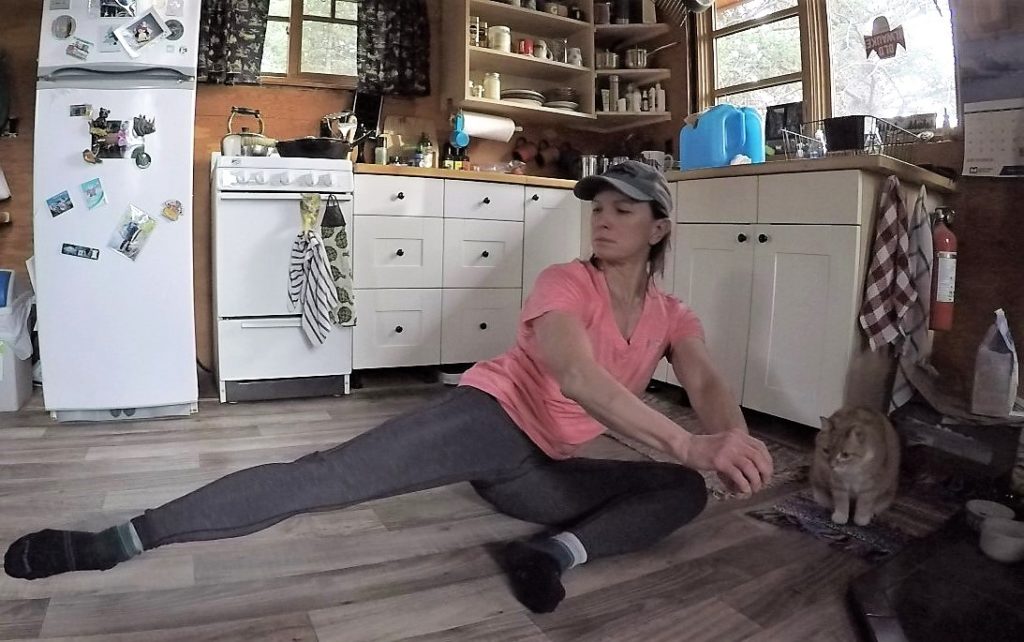
- My Mom has very bad arthritis. She likes to ride her horse alone on trails. This is what she does; she goes to physiotherapy. She gets exercises AND SHE DOES THEM, every day, without fail. She does not let up. She gets better and better. We exchange exercises. I am convinced that this has saved her from a life of debilitating physical pain where she can’t do the things she loves.
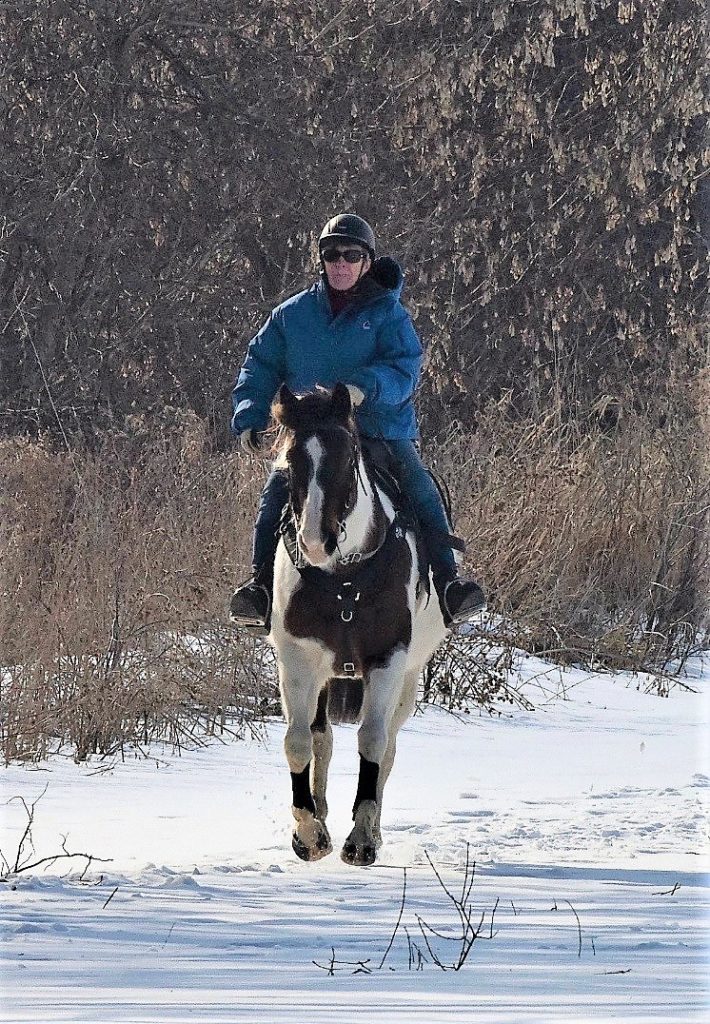
Explain to the physiotherapist that you want exercises that are hard to do and that you have to work towards completing. Don’t mess around!
Don’t Be Picky: Do Everything
You can pick to be a gym athlete or train exclusively outdoors. Ideally you do everything.
Go outside for a long ski tour, run on a treadmill to get the heart rate up and fly like a maniac. Pump iron, lift your body weight around with sets of pull ups. Do sprints with a group. Try an App. Don’t do yoga, it’s so boring. Okay, do your yoga.
Make it fun, make it really hard or make it a drinking game. I went to high school with the guy who holds the World record for the beer mile. Shout out to Jim Finlayson. You are a true hero!!! (He also held the record for the best Canadian marathon time).
Just Starting Out? Try This
If you are new to exercising here are some suggestions:
- Start small, a 7-minute routine you do in your kitchen every day while you wait for your coffee to brew in the morning is enough. If this is all you ever do, then that’s fine. No point in planning a long, extravagant workout that you can’t keep up.
- Don’t go to a gym initially. Weird things happen there and you will feel out of place and be poorer. Decide later if it’s right for you.
- Look online or find an App for this type of workout. They are everywhere.
- Don’t bother changing into special workout clothes. Stay in your pyjamas and go through your routine. Do it everyday.
- Once you get going on this routine, go to a physiotherapist and get specific exercises and fine tune your routine.
- Go for walks somewhere in your neighbourhood where it’s beautiful
- Don’t buy a membership anywhere and don’t spend a lot of time on your exercise at first. Consistency is all that matters.
Conclusions:
- Life long exercise is important to good health.
- You will be training alone most of the time. Learn to enjoy it!
- Add other people into the mix for extra motivation or as something to work towards.
- Make your training meaningful beyond trying to look better, weight loss and social media pictures.
- Go to a physiotherapist and fix your injuries,
- Don’t feel locked into one type of training, try everything.
- If you are new to exercising keep it super short and simple but do it every day.



